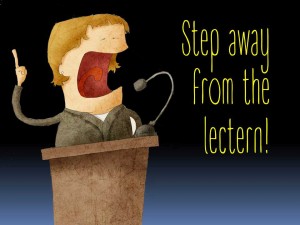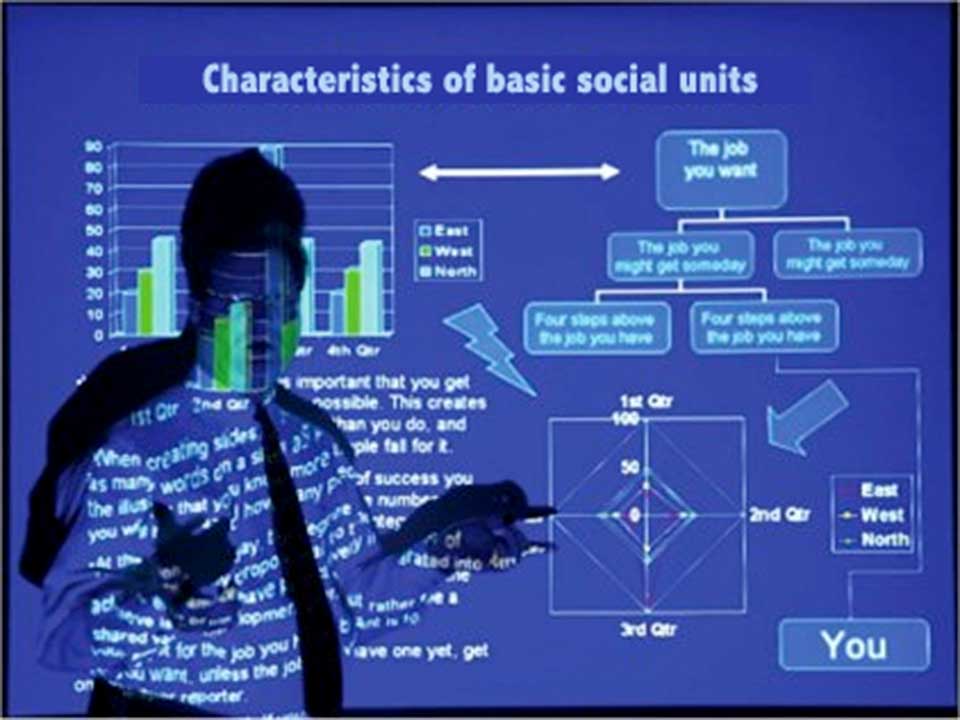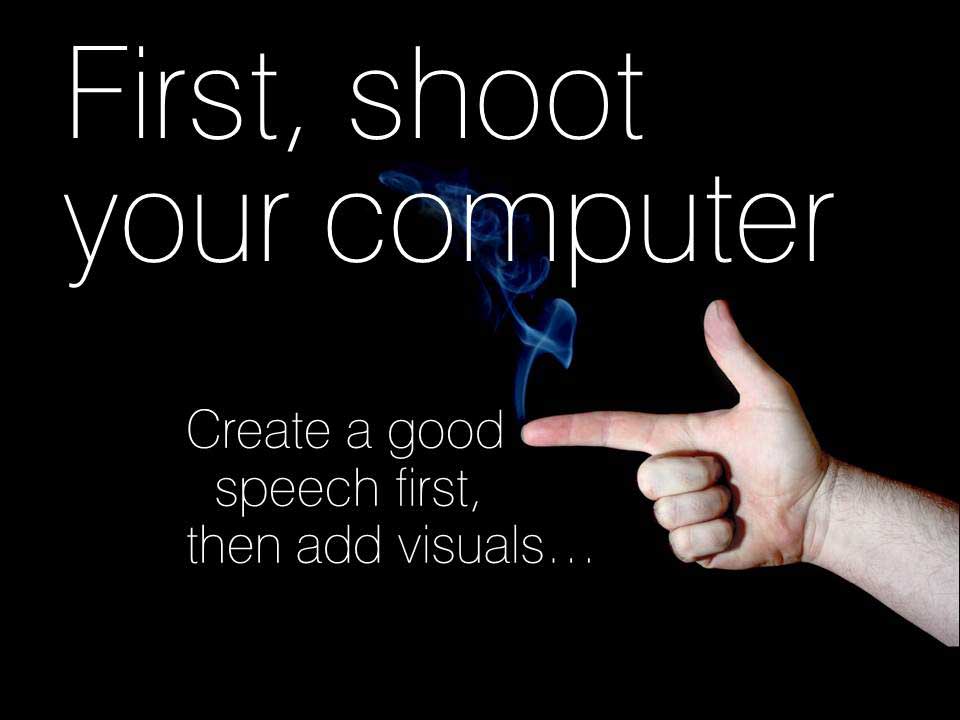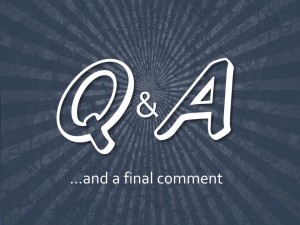Step away from the lectern
Whether you are making a presentation with visuals or not, it is often best to stand clear of the lectern or table. The lectern places a literal as well as an implied barrier between you and your audience.
By standing out in front of your listeners, without anything to obstruct their experience of you, you are establishing a feeling of openness and honesty. You are connecting with them — not just lecturing them.
Of course to do this you cannot read your speech. You must be rehearsed, knowledgeable and confident enough to pull it off. Visuals and/or note cards can still be used to help cue you and keep you on track. Plus, you can always place notes or an outline on the lectern and walk over to steal a glace if you lose your place.
The goal, however, is to connect. Standing behind the lectern because you are not prepared or lack confidence becomes a barrier to making that connection.




